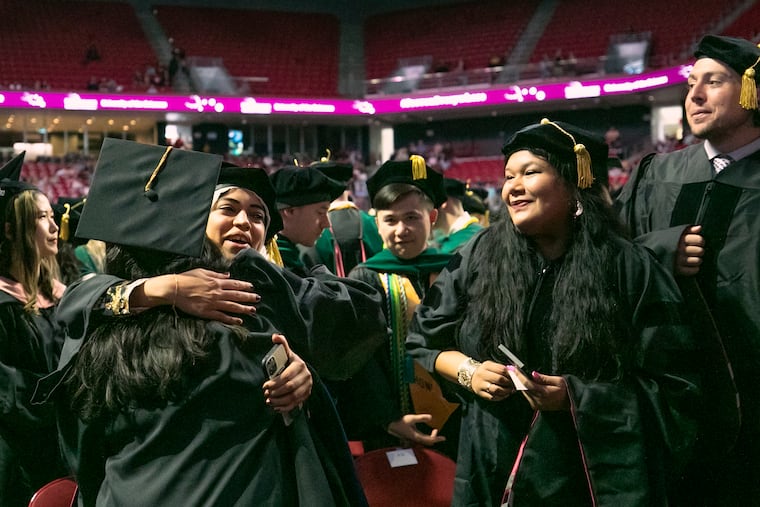The devil is dead. The hawk lives on. USciences is officially part of St. Joseph’s University.
The merger of the University of the Sciences into St. Joseph's University — about 18 months in the making — becomes official today.

The merger of the University of the Sciences into St. Joseph's University — about 18 months in the making — becomes official today.
